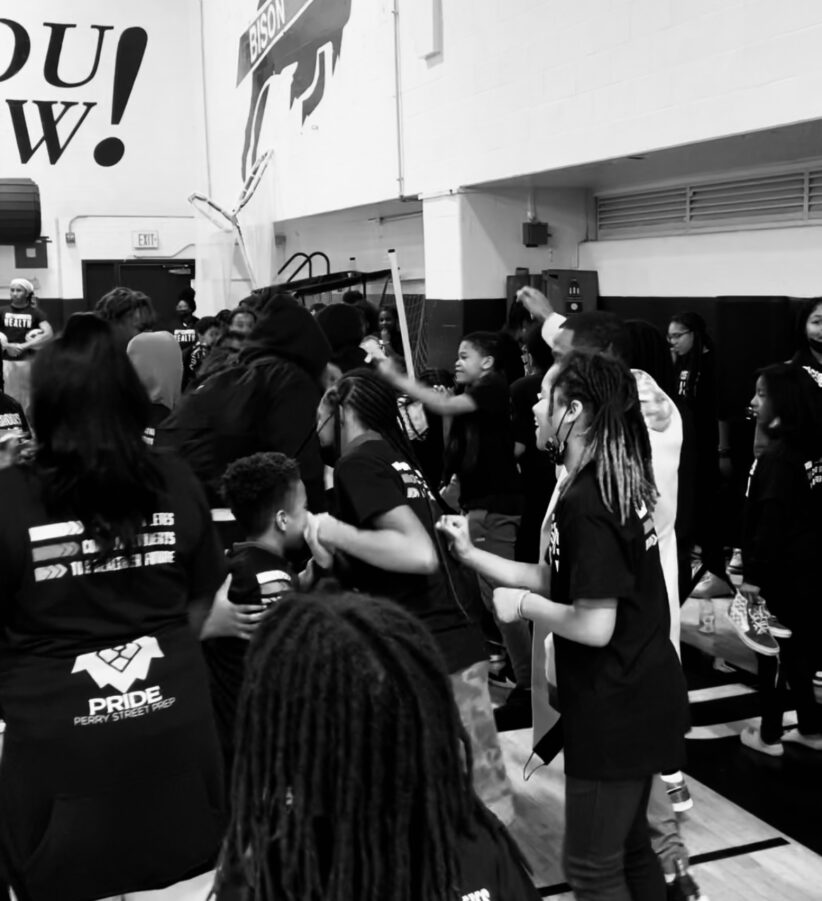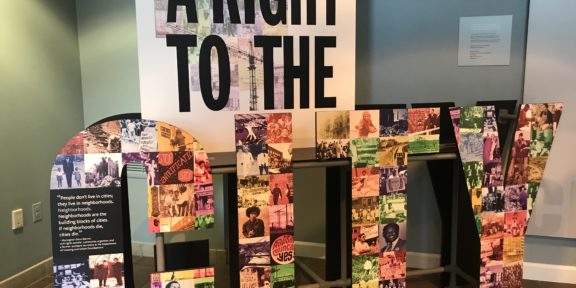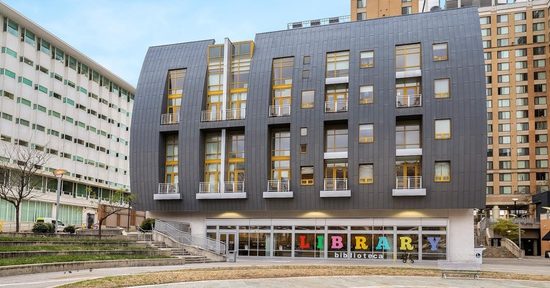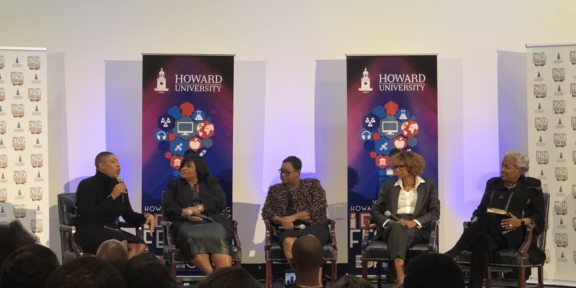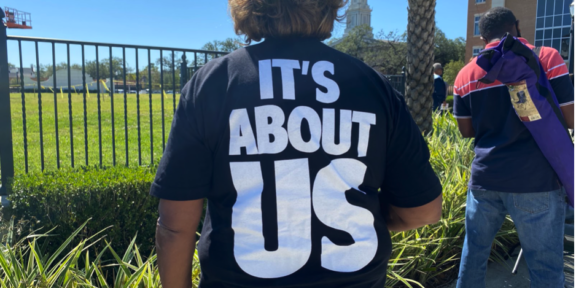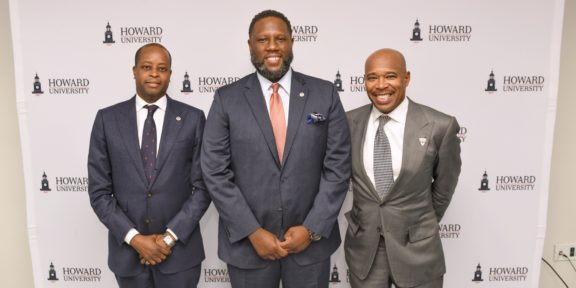IMG_2948Grassroots Health, formerly known as The Grassroots Project, is an organization designed to advance health equity through sports, reinventing conventional health education in middle school classrooms covering three primary topics: nutrition, sex education and mental health. Although it would impossible to solve all of these issues, it is important to make the youth aware, to spark an interest and hopefully change for the future.
Studies show that the District of Columbia could use major improvements in the education system, currently in the fiftieth percentile in the United States. However, there is not enough conversation regarding the youth development outside of the classroom.
In the District of Columbia, in a count of one thousand girls aged 15-19, 32% encountered teen pregnancies. D.C. has ranked in the top five highest sexually-transmitted disease (STD) rates in the country. The district also suffers from high rates of food insecurity, leading many to make unhealthy dietary decisions.
What makes Grassroots unique, is the fact that it is composed of student-athletes from schools all over the District: Georgetown University, George Mason University, American University, and Howard University.
Heidi Chicas, Howard lacrosse player and Grassroots participant, felt the program makes a significant impact on how young students view their futures. “Grassroots has a direct impact in the classroom and community. Grassroots takes those topics that may be difficult to teach and makes them fun and interactive so that the kids can truly grasp the concepts being taught. Not only do they help the kids but they also provide extra resources for the students’ families so that they can also be involved in the child’s learning. Having it lead by student athletes, it gives the kids positive role models to look up to.”
The Grassroots mission statement reads: “We believe that school is a key place to improve young people’s health, and that schools present an opportunity to change the “culture of health” — the way students think about their health, access health services, and understand their responsibility to support others’ health. We also believe that P.E. and health are not an extra, but instead should be treated with the same attention as other academic subjects. When schools do this, not only are students healthier and happier, but they also perform better academically.Our unique model supports schools to provide high-quality health education and PE, by reducing teacher-to-student ratio by a factor of 5, reducing the time needed to teach health and PE by half (by combining both into a single curriculum), and by providing an engaging, standards-aligned, and community-rooted curriculum that students enjoy. We are on a mission to expand our model nationally, and we hope you’ll join us by reading more, reaching out, and supporting us if you feel so inclined.
Now although there is no way to analyze metrics throughout the years, there would be no way to accredit a change in numbers or success to Grassroots Health specifically. However, knowing that this program is implementing the youth with various different tools to live a healthy lifestyle, can make a large influence in the days to come.
Talia Coryat, another Howard lacrosse player also has heavy involvement with Grassroots:”I’ve been a member since Fall 2020 and I’ve helped lead programs each semester since then, and it’s so fulfilling to teach kids about such important topics from a mentor-like perspective! I hope every student gets an opportunity like this one some day, especially if they like working with kids.”

